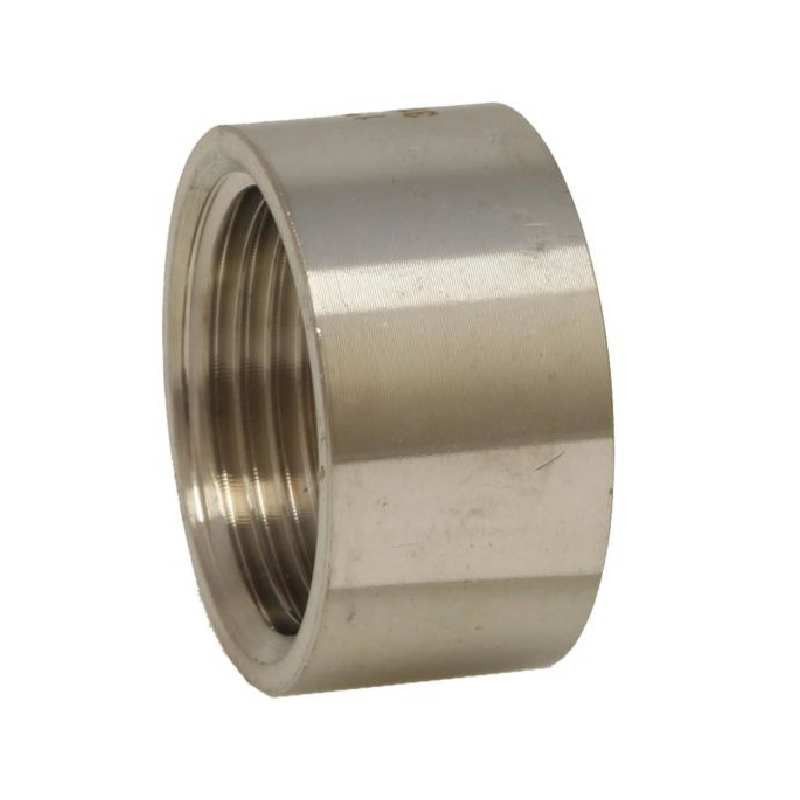-
Cangzhou Yulong Steel Co., Ltd.
-
Phone:
+86 13303177267 -
Email:
admin@ylsteelfittings.com
- English
- Arabic
- Italian
- Spanish
- Portuguese
- German
- kazakh
- Persian
- Greek
- French
- Russian
- Polish
- Thai
- Indonesian
- Vietnamese
- Zulu
- Korean
- Uzbek
- Hindi
- Serbian
- Malay
- Ukrainian
- Gujarati
- Haitian Creole
- hausa
- hawaiian
- Hebrew
- Miao
- Hungarian
- Icelandic
- igbo
- irish
- Japanese
- Javanese
- Kannada
- Khmer
- Rwandese
- Afrikaans
- Albanian
- Amharic
- Armenian
- Azerbaijani
- Basque
- Belarusian
- Bengali
- Bosnian
- Bulgarian
- Catalan
- Cebuano
- China
- China (Taiwan)
- Corsican
- Croatian
- Czech
- Danish
- Esperanto
- Estonian
- Finnish
- Frisian
- Galician
- Georgian
- Kurdish
- Kyrgyz
- Lao
- Latin
- Latvian
- Lithuanian
- Luxembourgish
- Macedonian
- Malgashi
- Malayalam
- Maltese
- Maori
- Marathi
- Mongolian
- Myanmar
- Nepali
- Norwegian
- Norwegian
- Occitan
- Pashto
- Dutch
- Punjabi
- Romanian
- Samoan
- Scottish Gaelic
- Sesotho
- Shona
- Sindhi
- Sinhala
- Slovak
- Slovenian
- Somali
- Sundanese
- Swahili
- Swedish
- Tagalog
- Tajik
- Tamil
- Tatar
- Telugu
- Turkish
- Turkmen
- Urdu
- Uighur
- Welsh
- Bantu
- Yiddish
- Yoruba

Dec . 26, 2024 12:22 Back to list
Understanding ASTM A106 Grade Specifications for Seamless Carbon Steel Pipes
Understanding ASTM A106 Grade A Comprehensive Overview
ASTM A106 is a widely recognized standard for seamless carbon steel pipes, primarily used for high-temperature service. The specification covers pipes that are intended for use in conveying fluids and gases in high-pressure systems. A106 Grade is particularly significant because it comes in three distinct grades Grade A, Grade B, and Grade C, with Grade B being the most commonly utilized. This article will delve into the particulars of ASTM A106 Grade, its applications, standards, and the manufacturing processes involved.
Properties and Characteristics
ASTM A106 Grade B pipes are crafted from carbon steel, ensuring they possess excellent strength, durability, and pressure-handling capabilities. The standard outlines specific requirements regarding chemical composition, mechanical properties, and manufacturing processes.
To meet the requirements of ASTM A106, the carbon content must not exceed 0.3%, and the manganese content should range between 0.6% and 1.2%. Other elements like phosphorus and sulfur are also controlled, ensuring that the pipes can withstand a variety of taxing conditions. This chemical composition plays a crucial role in the overall performance of the pipe, especially in high-temperature scenarios.
The mechanical properties of ASTM A106 Grade B include a minimum yield strength of 35,000 psi and a tensile strength ranging from 60,000 to 75,000 psi. These figures make A106 Grade B pipes suitable for applications requiring high tensile strength and resistance to deformation.
Applications of ASTM A106 Grade
ASTM A106 Grade B is predominantly utilized in industries where high temperatures and pressures are commonplace. Its applications include
1. Power Generation It is extensively used in power plants for fuel lines, boilers, and heat exchangers, where the transfer of steam and other gases is essential. 2. Oil and Gas In the oil and gas industry, A106 Grade B pipes are employed in the transportation of crude oil, natural gas, and other petroleum products, particularly in high-pressure pipelines.
astm a106 gr

4. Construction and Infrastructure A106 pipes are also used in various structural applications, contributing to the framework of industrial buildings and facilities.
Manufacturing Process
The production of ASTM A106 pipes involves several key processes that ensure the material meets the stringent requirements of the standard. The typical manufacturing route includes
1. Casting The initial step involves melting scrap steel and adding alloying elements to create the desired chemical composition.
2. Forming The molten steel is then poured into molds and allowed to cool, forming a solid billet or slab.
3. Extrusion or Rolling The solid steel is then heated and formed into the desired pipe shape through extrusion or rolling techniques, creating a seamless product.
4. Heat Treatment After forming, pipes often undergo heat treatment to enhance their mechanical properties, ensuring they can withstand the stresses of high-temperature applications.
5. Quality Control Rigorous testing and inspection processes, including non-destructive testing and hydrostatic testing, are conducted to ensure the final product meets the required specifications.
Conclusion
ASTM A106 Grade B pipes play a critical role in various industries that demand robust and reliable piping solutions for high-pressure and high-temperature environments. Understanding the specifications, properties, and applications of this standard is essential for engineers and procurement professionals involved in industries like oil and gas, power generation, and chemical processing. As industries continue to evolve and demand for efficient and durable piping systems grows, ASTM A106 Grade B will remain a key player in ensuring safe and effective fluid transport. The adherence to ASTM standards not only guarantees quality but also promotes safety and efficiency in industrial operations.
Latest news
-
ANSI 150P SS304 SO FLANGE
NewsFeb.14,2025
-
ASTM A333GR6 STEEL PIPE
NewsJan.20,2025
-
ANSI B16.5 WELDING NECK FLANGE
NewsJan.15,2026
-
ANSI B16.5 SLIP-ON FLANGE
NewsApr.19,2024
-
SABS 1123 FLANGE
NewsJan.15,2025
-
DIN86044 PLATE FLANGE
NewsApr.19,2024
-
DIN2527 BLIND FLANGE
NewsApr.12,2024
-
JIS B2311 Butt-Welding Fittings LR/SR 45°/90° /180°Seamless/Weld
NewsApr.23,2024











